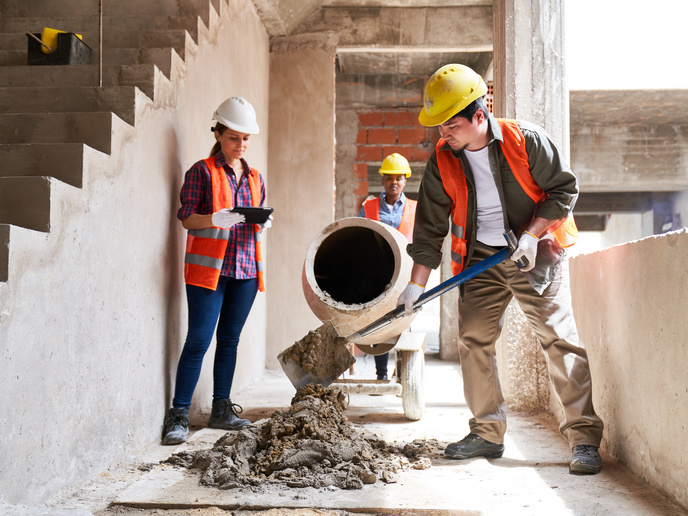Eco-friendly corrosion-resistant aircraft
Aluminium (Al) is commonly employed in the manufacture of aircraft components. The Al parts are first anodised to form a corrosion-resistant layer of aluminium oxide (Al2O3) that also imparts additional abrasion resistance and strength. The Al2O3 layer is quite porous, requiring further sealing to prevent degradation from harsh operating conditions such as ultraviolet radiation, low pressure and large temperature variations. Chromium-based sealants containing Cr(VI) are the most effective and are commonly used in a hot-sealing process involving boiling water. However, Cr(VI) is carcinogenic, and increasing existing or proposed restrictions on its use have spurred a search for suitable replacements. The EU-funded project 'Chromate free and energy efficient sealing of TSA anodic films for corrosion protection' (TARTASEAL) investigated and characterised some promising alternatives. These include the use of trivalent chromium (Cr(III)), much less toxic than Cr(VI), and other Registration, Evaluation, Authorisation and Restriction of Chemicals (REACH)-compliant additives as well as alternative processes for lower energy consumption. Scientists investigated standard hot water sealing as a benchmark as well as hot water sealing with REACH-compliant additives. Then they studied alternative sealing options such as cold-sealing chromium conversion coating (CCC), hot water sealing followed by CCC, and an adaptation of the electrical thermal spray aluminium (TSA) cycle followed by hot water sealing or CCC. The team used techniques such as environmental scanning electron microscope, Raman and infrared spectroscopy, and electron spectroscopy for chemical analysis to characterise the protected surfaces. Processes developed within the scope of TARTASEAL using REACH-compliant chemicals have shown great potential for the anodising of aluminium in aircraft components. Further development and certification will have major impact on the competitiveness of the EU aerospace sector that must quickly find suitable replacements for the conventional Cr(VI)-based sealants.







